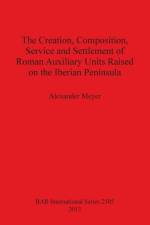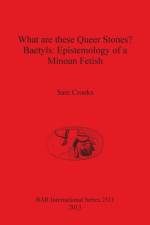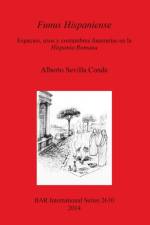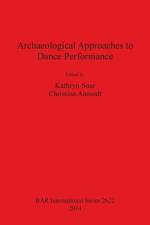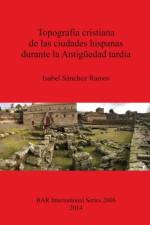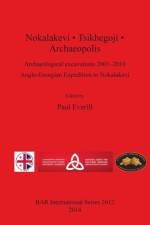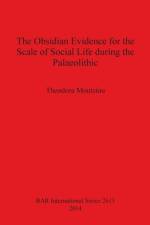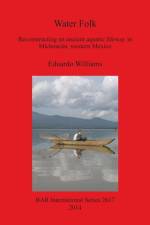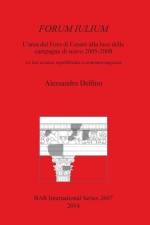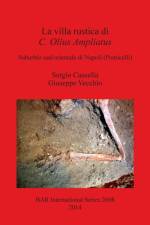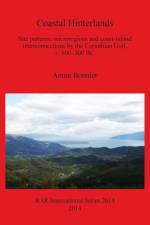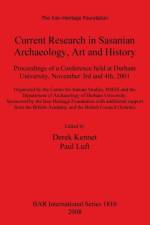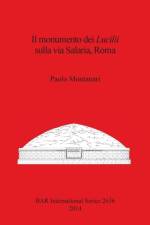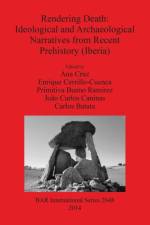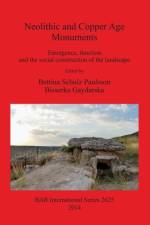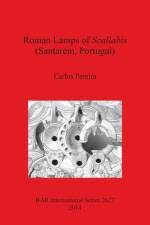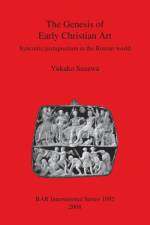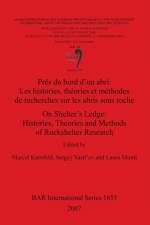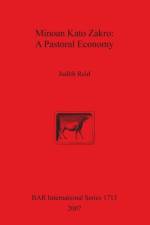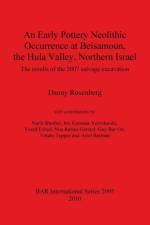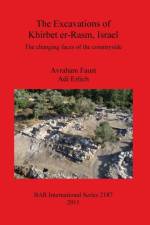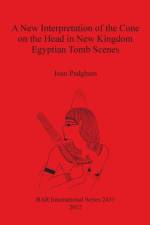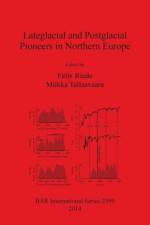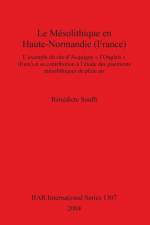- The changing faces of the countryside
von Avraham Faust & Adi Erlich
161,00 €
Khirbet er-Rasm is a small site in the upper Shephelah, about 1 km south-southwest of Tel 'Azekah (Israel). The remains include mainly a concentration of ruins on top of the hill, where many walls were visible before the beginning of the excavations, including a row of still standing monoliths. The site is small and rural in nature, and is not identified with any known historical sites, and this was in part the reason for its exploration. The site was excavated and surveyed in the years 1997-2003. Khirbet er-Rasm was first settled during the Chalcolithic period. The site was then resettled during the late Iron Age I and / or early Iron Age II. More significant remains were dated to the late Iron Age II, and some finds are attributed to the Persian period, but the main period of occupation at the site dates from the early Hellenistic period up to the late second century BCE. The vast majority of the finds at Kh. er-Rasm are dated to the late second century BCE, as this is the time when the site was destroyed, and this is the period for which there is most data. Some reoccupation took place in the Early Roman period, and from then on the site was abandoned and was used by farmers and herders.With contributions by Oren Ackerman, Einat Armon-Ambar, Guy Bar-Oz, Daniella E. Bar-Yosef Mayer, Rachel Barkay, Elisabetta Boaretto, Deborah Cassuto, Anat Cohen-Weinberger, Yael Gorin-Rosen, Nili Liphschitz, Ofer Marder, Ravit Nenner-Soriano, Rinat Peshin, Jessie A. Pincus, Noa Raban-Gerstel, Débora Sandhaus, Avi Sasson, Izhak Shai, Inbal Shoam, Ehud Weiss and Yair Zoran



